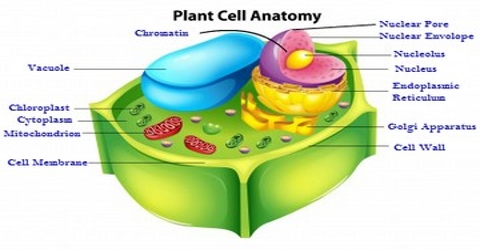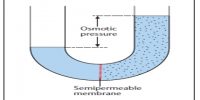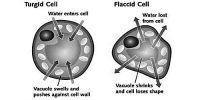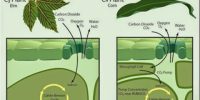Cell membrane is the thin layer of protein and fat that surrounds the cell, but is inside the cell wall. The cell membrane is semipermeable, allowing some substances to pass into the cell and blocking others. Usually three types of membranes are found in plants.
Their descriptions are given below:
- Permeable membrane: The membrane through which both solvent and solute can diffuse is called permeable membrane. A selectively permeable cell membrane is one that allows certain molecules or ions to pass through it by means of active or passive transport.
Example: The cell wall which is made of cellulose is called permeable membrane.
- Differentially Permeable Membrane: Membranes through which only solvent can diffuse but solute cannot diffuse easily are said to differentially permeable membranes. It is a membrane that allows the passage of small molecules but not of large molecules.
Example: All cell membranes appear to be differentially permeable.
- Impermeable Membrane: Membrane through which neither solvent nor solute can diffuse are said to be impermeable membranes. An impermeable membrane is one through which no substance can pass.
Example: Cutinous cell walls a epidermis (such as- cutinous leaf and stem) and endodermis of root, enriched with suberin (such as- caparian strip of endodermis).














